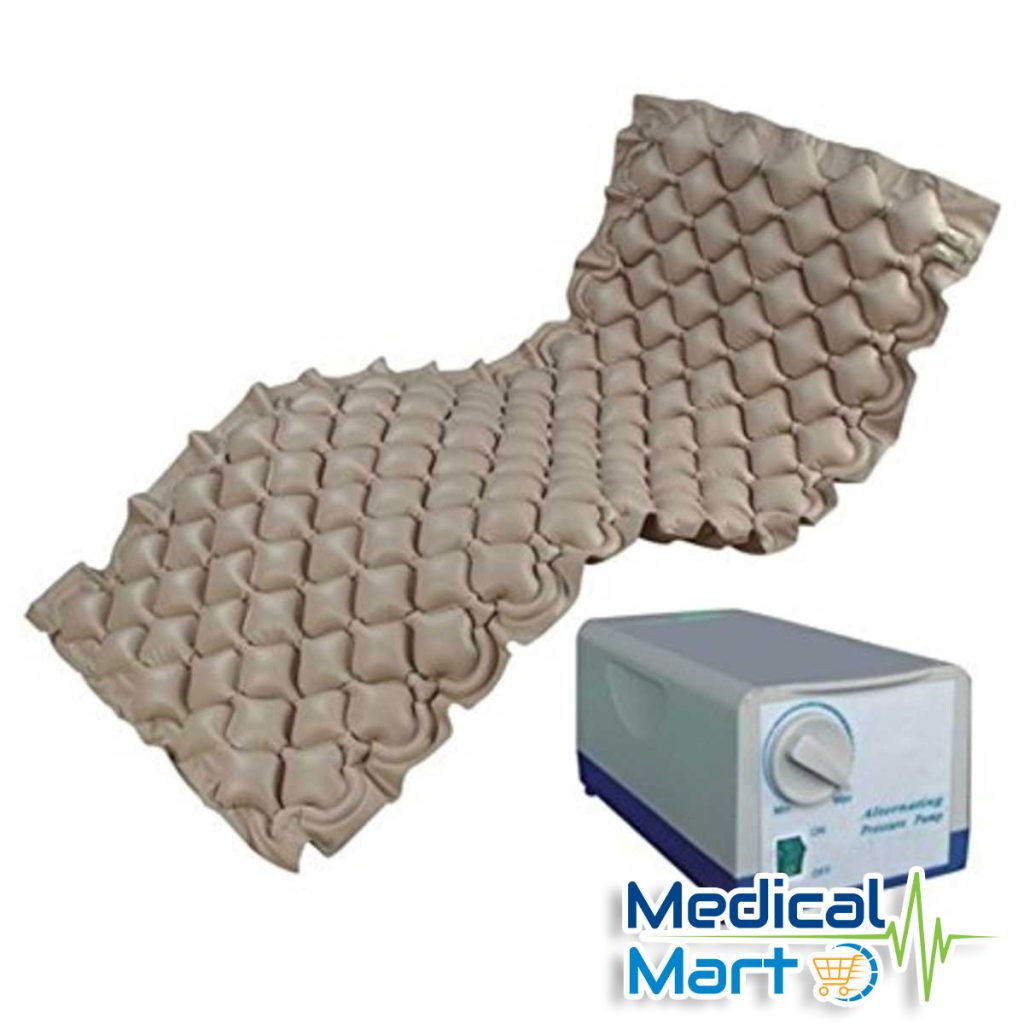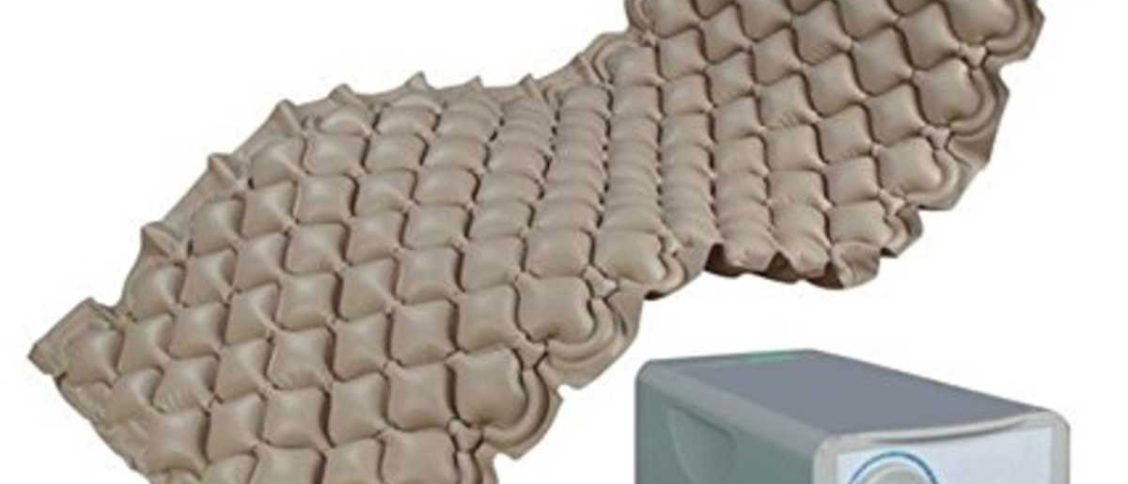An anti-decubitus mattress, also known as a pressure-relieving mattress or alternating pressure mattress, is designed to prevent or alleviate pressure sores, also known as bedsores or pressure ulcers. These sores can develop when patients, especially those who are bedridden or have limited mobility, experience prolonged pressure on specific areas of the body, such as the heels, hips, or lower back.
Here’s how to use an anti-decubitus mattress for patient care:

1.Understanding the Mattress:
*Anti-decubitus mattresses come in different types, including static air mattresses, dynamic air mattresses, and foam mattresses with alternating pressure zones.
*Static air mattresses use air-filled cells to provide a constant level of pressure relief.
*Dynamic air mattresses have cells that alternate in pressure, promoting blood circulation and reducing the risk of pressure sores.
2.Patient Assessment:
*Assess the patient’s risk of developing pressure sores based on factors like mobility, skin condition, and overall health.
*Consult with healthcare professionals to determine the most suitable type of anti-decubitus mattress for the patient.
3.Setup:
*Place the anti-decubitus mattress on a supportive bed frame or surface.
*Ensure that the mattress is inflated or set up according to the manufacturer’s instructions.
4.Positioning:
*Properly position the patient on the mattress, making sure that bony prominences are supported.
*Pay attention to areas prone to pressure sores, such as the sacrum, heels, and shoulders.
5.Adjustment:
*Adjust the pressure settings or inflation levels based on the patient’s comfort and healthcare provider’s recommendations.
6.Regular Monitoring:
*Regularly monitor the patient’s skin for signs of redness, irritation, or pressure sores.
Follow healthcare provider recommendations for turning and repositioning the patient to relieve pressure on vulnerable areas.
7.Maintenance:
*Follow the manufacturer’s guidelines for cleaning and maintaining the anti-decubitus mattress.
*Check for leaks, tears, or malfunctions regularly.
8.Communication:
*Communicate with the healthcare team to provide feedback on the patient’s comfort and any changes in their condition.
Using an anti-decubitus mattress is just one part of a comprehensive approach to preventing pressure sores. Regular repositioning, skin inspections, proper nutrition, and hydration are also crucial elements of effective pressure sore prevention and care. Always consult with healthcare professionals for personalized advice based on the patient’s specific needs and condition.







